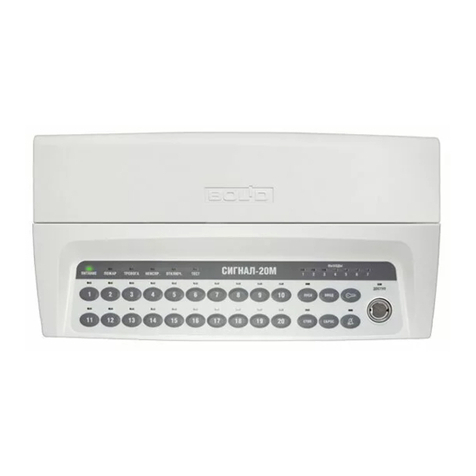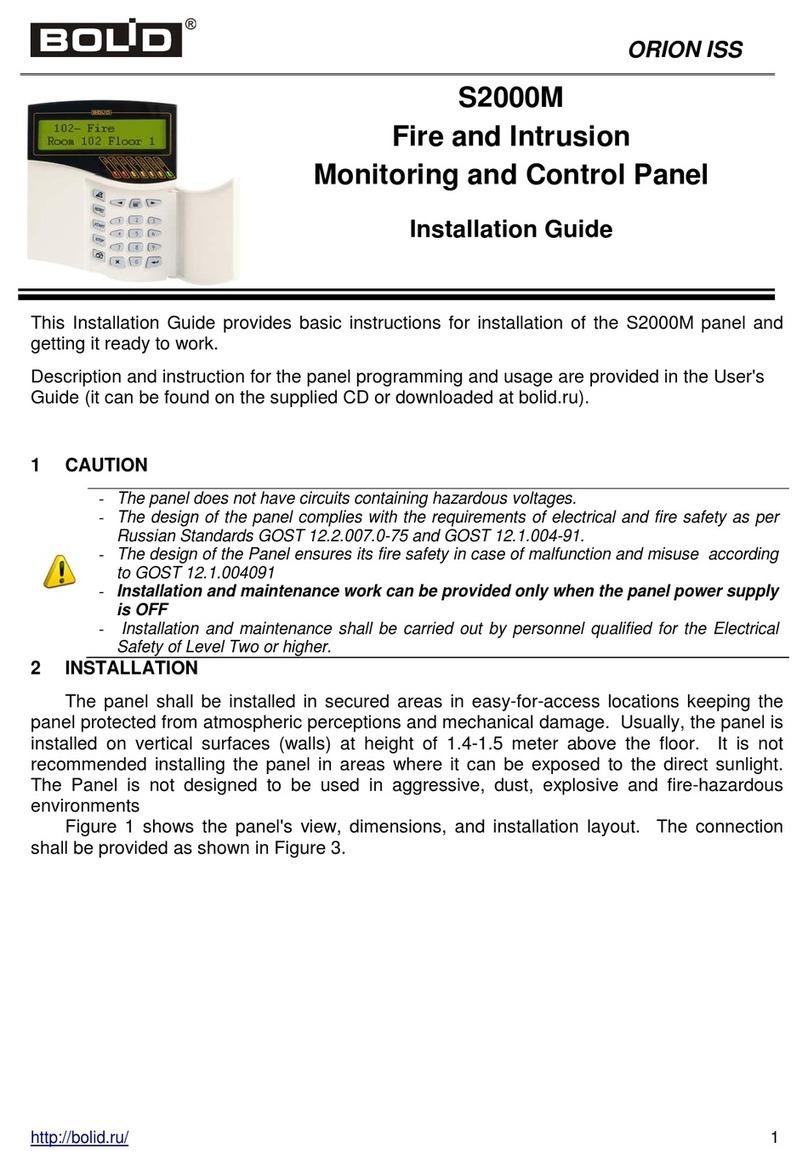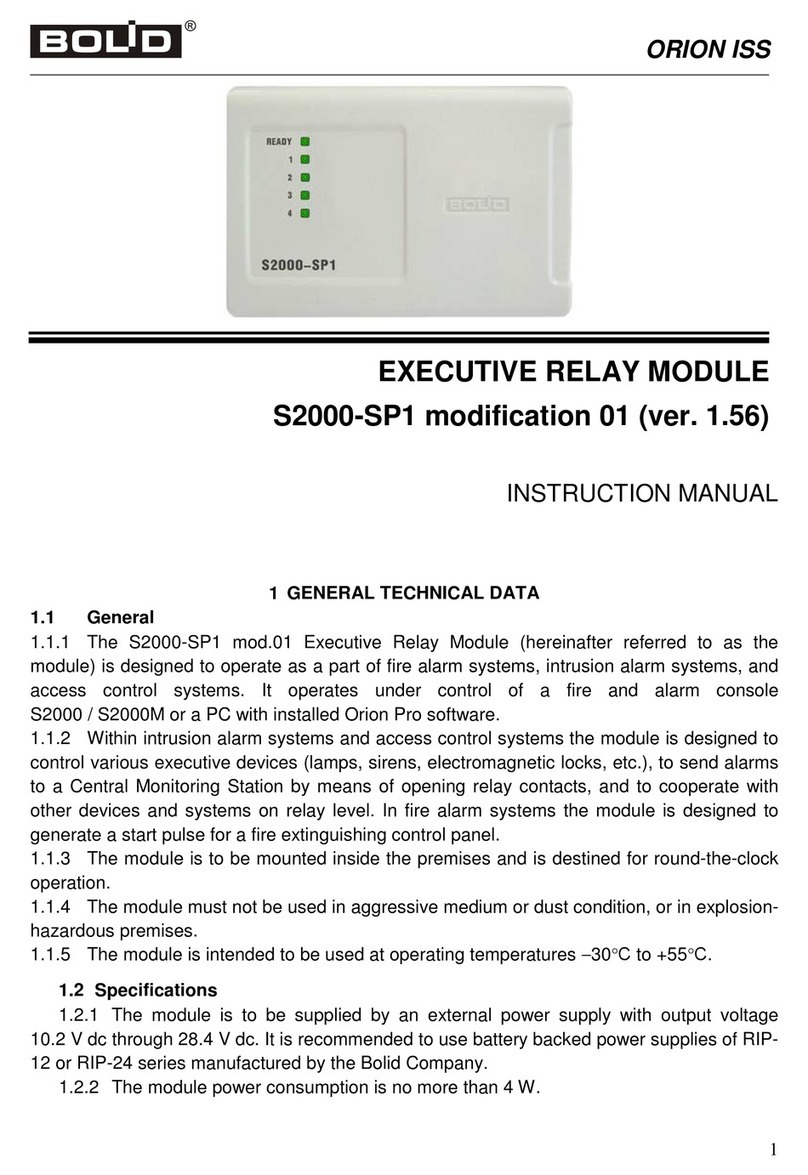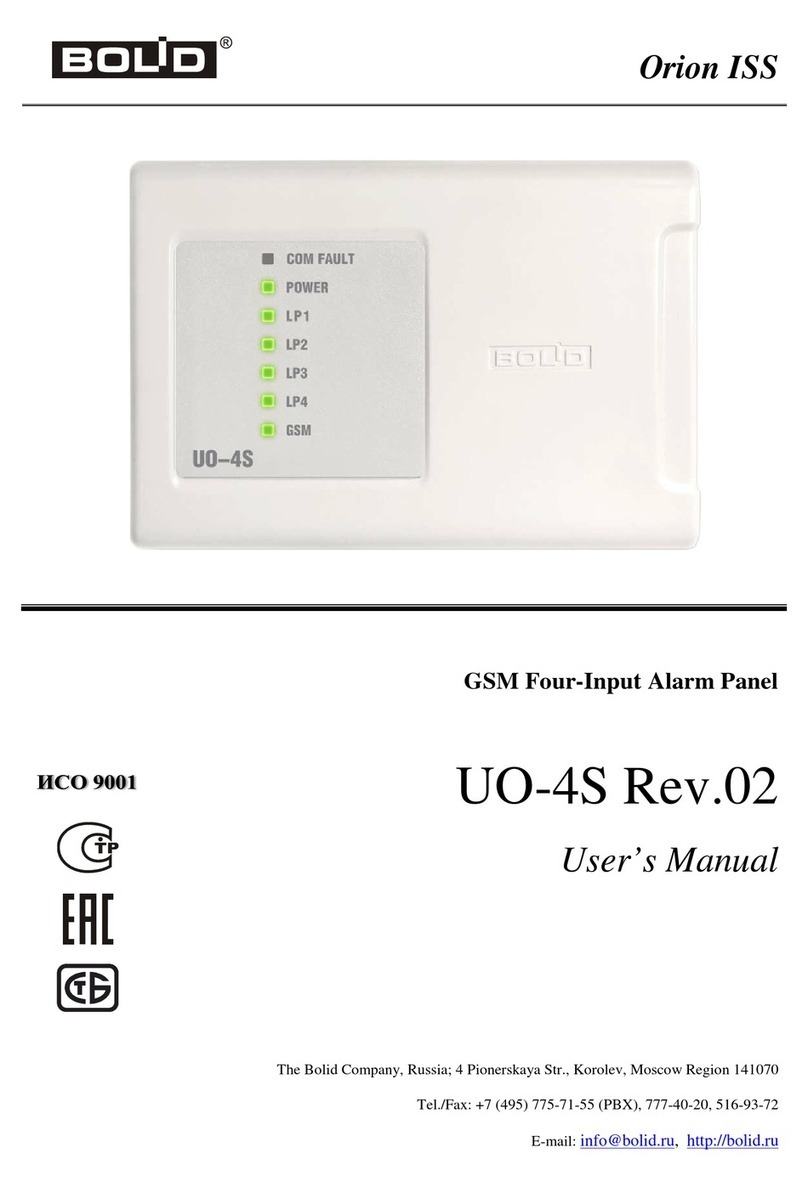
2
Table of Contents
1
Description and Operation................................................................................................. 4
1.1
Purpose............................................................................................................................. 4
1.2
Specifications ................................................................................................................... 5
1.3
Scope of Delivery............................................................................................................. 6
1.4
Design and Operation ....................................................................................................... 6
1.5
Measuring Instruments, Tools, and Accessories................................................................ 7
1.6
Marking and Sealing......................................................................................................... 7
1.7
Packaging......................................................................................................................... 7
2
Intended Use ..................................................................................................................... 8
2.1
Operating Restrictions ...................................................................................................... 8
2.2
Preparing for Use.............................................................................................................. 8
2.2.1
Safety Precautions...................................................................................................... 8
2.2.2
Design........................................................................................................................ 8
2.2.3
Mounting ................................................................................................................... 9
2.2.4
Wiring...................................................................................................................... 10
2.2.5
Settings .................................................................................................................... 10
2.2.6
Usage ....................................................................................................................... 10
2.2.7
Testing Operability................................................................................................... 10
2.2.8
Extreme Situation Actions........................................................................................ 10
2.2.9
Troubleshooting ....................................................................................................... 11
3
Maintenance.................................................................................................................... 12
3.1
General........................................................................................................................... 12
3.2
Safety Precautions .......................................................................................................... 12
3.3
Maintenance Schedule .................................................................................................... 12
3.4
Performance Testing....................................................................................................... 12
3.5
Technical Examination ................................................................................................... 13
3.6
Preservation (Depreservation, Represervation) ............................................................... 13
4
Routine Repair ................................................................................................................ 14
5
Storage............................................................................................................................ 14
6
Transporting.................................................................................................................... 14
7
Disposal .......................................................................................................................... 14
8
Manufacturer Warranty ................................................................................................... 14
9
Certification Information................................................................................................. 15































